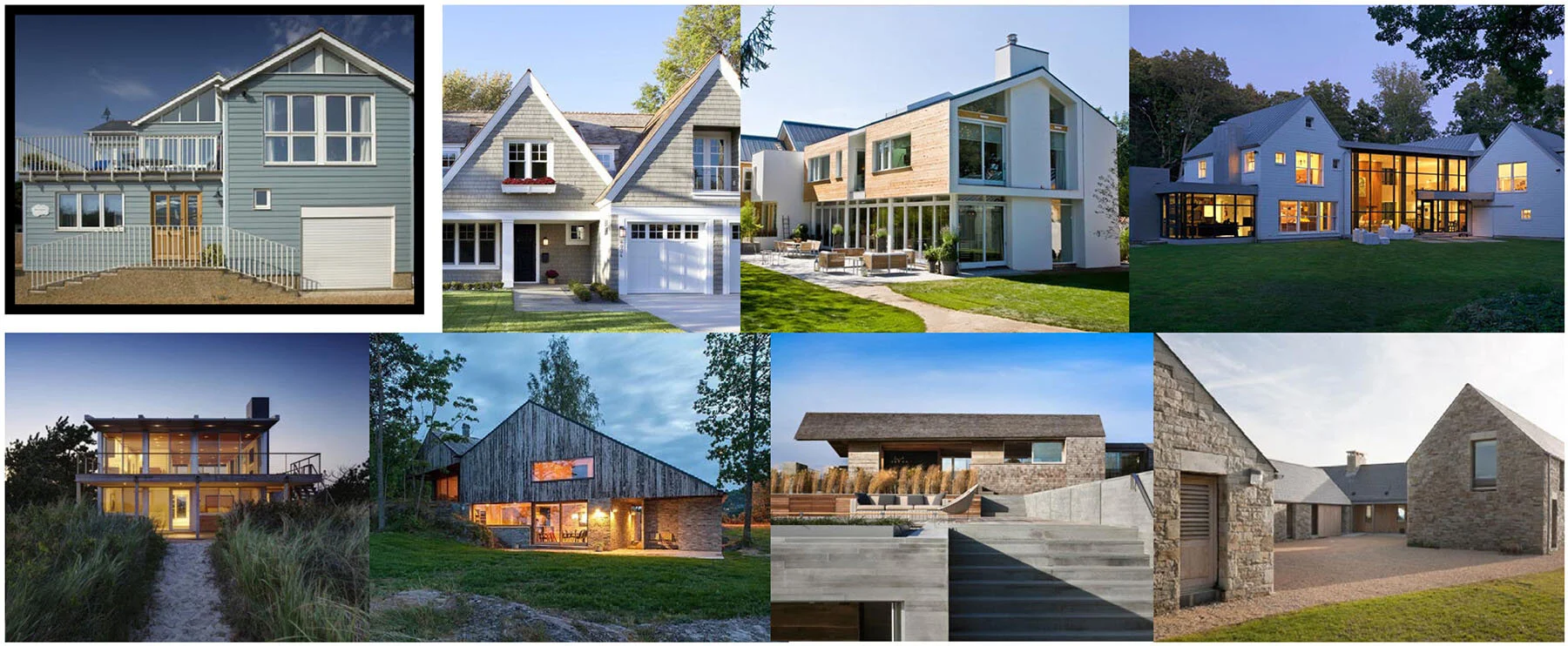Seaside Architecture – What is relevant?
Seaside Britain is not “The Hampton’s”, so why is everyone here trying so hard to replicate it by cladding their beach homes with coloured clapboarding? Is it that they strive to replicate the associated social standing with those that own lovely homes in The Hampton’s, or is it the promised maintenance free and physical longevity of coloured fibre cement cladding?They have got it all wrong as those lovely homes in The Hampton’s look so wonderful wrapped in clapboarding because they use real timber, with carpenters’ skills to hang and detail it, and colour is pressure impregnated into the timber with stains and paints that wear and age in line with that of the natural material timber. On face value the two solutions look similar but in time we end up with two very different looks occurring. Detailing is clumsy, colour is uniform, cladding strips are perfect dimensions and the buildings age differently.So the question is - what is relevant for modern British seaside architecture?It doesn’t need to be all ‘bunting’ and ‘beach hut’ to fit in, but it does need to be practical, weather resilient, and true to its setting… the clever use of natural materials that blend and are harmonious with the beach and sea is where the clue lies, I think. The sea, the sand, the vegetation, the weather and the views are what should drive the design and materials used.Natural materials can be creatively used to form timeless architecture that blend seamlessly with their surroundings and seaside vernacular.Clapboarding is popular today but in my opinion what is being wrapped around these buildings today will only be out of fashion prior to the materials lifetime being spent, only to see it all come off these buildings and another solution being sought.


